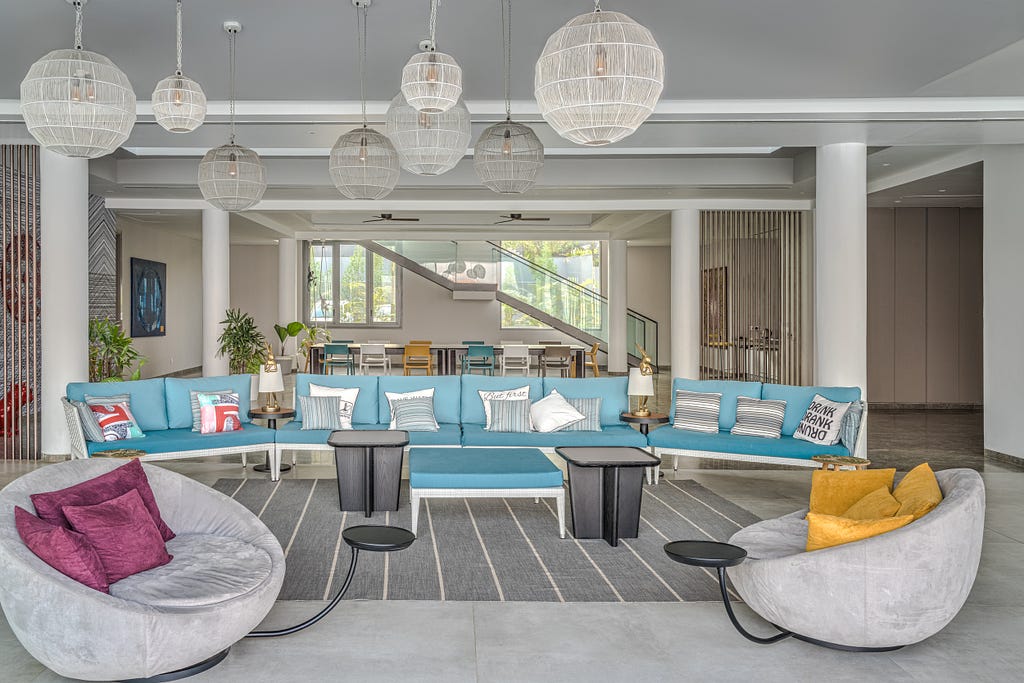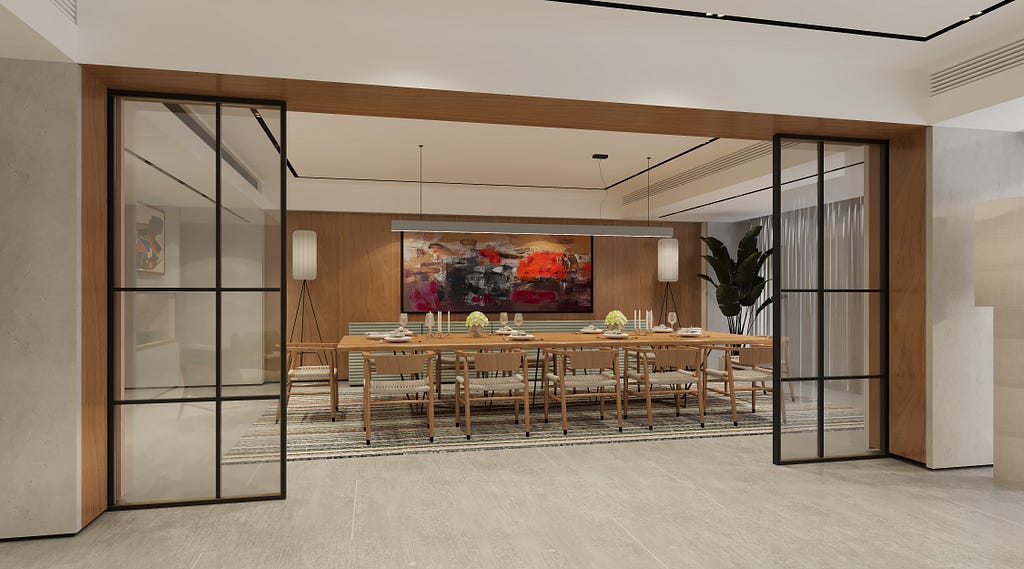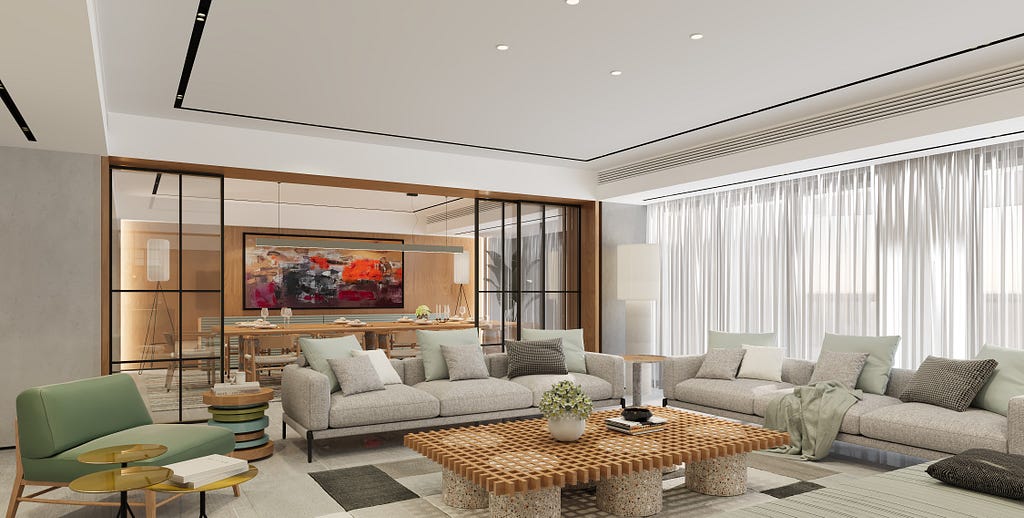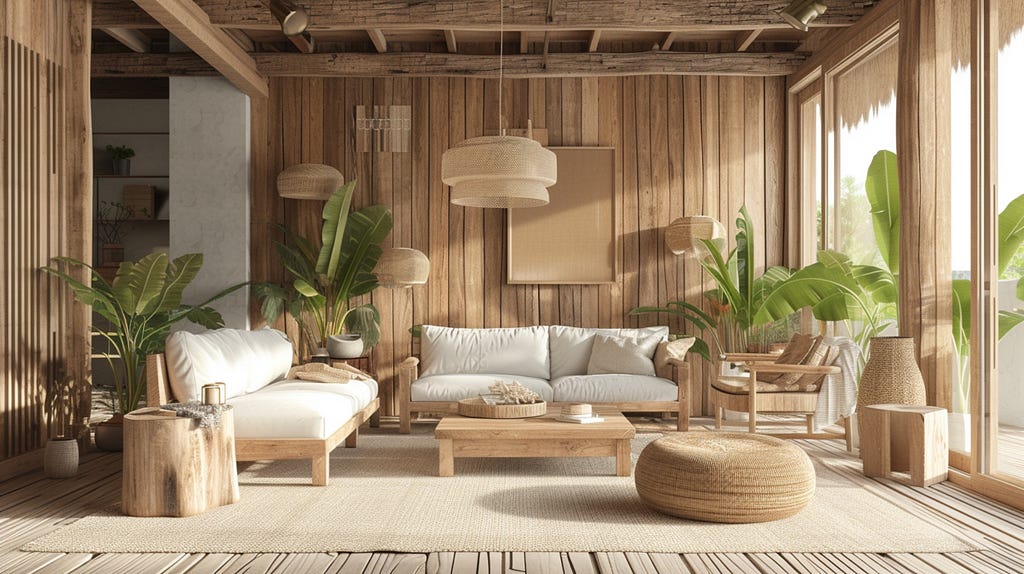Cultural Influences on Modern Design: How Global Styles Shape Local Interiors

There exists one undeniable truth in the interior design domain that culture plays a vital role in shaping how we craft and curate our spaces. From the vibrant textiles of Morocco to the minimalist elegance of Scandinavian homes, global influences are increasingly informing modern interiors. As our world becomes more interconnected, design styles transcend borders, blending traditional elements with contemporary aesthetics. This fusion of global cultures in design allows for truly unique, personalized spaces that reflect both the homeowner’s individuality and the richness of worldwide traditions.
The Impact of Globalization on Interior Design
Globalization has significantly influenced the way we approach design today. With the ease of travel and access to worldwide markets, interior designers and homeowners alike have become inspired by faraway places, incorporating diverse elements into their projects. From exotic materials to iconic patterns, the cross-pollination of design styles enables a creative melting pot where local interiors take on international influences. The rise of social media platforms like Instagram and Pinterest has further fueled this movement. Now, design enthusiasts can access inspiration from every corner of the globe at the swipe of a finger, making cultural influences more accessible than ever before. As a result, modern interiors are no longer confined to the aesthetics of a single region but are an eclectic mix of various cultural influences.
Blending Tradition with Contemporary Design
One of the most exciting aspects of culturally influenced modern design is the blend of traditional craftsmanship with contemporary techniques. This approach gives new life to age-old traditions, merging heritage with modern functionality. Take Japanese minimalism, for instance. Rooted in the cultural philosophy of “wabi-sabi” — finding beauty in imperfection — Japanese interiors are known for their simplicity, clean lines, and a strong connection to nature. When combined with modern materials and technologies, this traditional aesthetic becomes highly relevant for today’s minimalist, sustainable design preferences.
Similarly, Moroccan design brings a rich history of vibrant colors, intricate tile work, and handcrafted textiles to modern interiors. These elements, when fused with contemporary furniture and layouts, add a layer of depth, texture, and visual interest, creating spaces that feel worldly yet familiar.
The Scandinavian Influence on Modern Interiors
One of the most influential cultural styles in modern interior design is the Scandinavian aesthetic. Known for its clean lines, functionality, and a calming neutral color palette, Scandinavian design has become synonymous with modern living. The “hygge” philosophy, which emphasizes coziness and comfort, is a core element of this style, making it a popular choice for homes seeking simplicity without sacrificing warmth. The emphasis on natural light, minimalist furniture, and muted tones makes Scandinavian design adaptable across various cultures and climates. Its practicality and beauty lie in the fact that it feels universally appealing — its design principles can be integrated into any home, regardless of geographical location, while still maintaining its Nordic essence.
East Meets West: A Fusion of Styles

The fusion of Eastern and Western design philosophies has resulted in some of the most innovative interiors of recent times. Traditional Asian elements such as bamboo, sliding shoji screens, and zen gardens are increasingly being incorporated into Western homes, bringing a sense of tranquility and nature-inspired aesthetics into urban environments. On the flip side, Western influences are making their mark in Eastern interiors. The contemporary open-plan layouts, sleek furniture, and minimalist design elements typically associated with Western homes have found their way into Asian designs, creating a harmonious balance between tradition and modernity. This East-meets-West fusion illustrates how different cultural elements can coexist beautifully within a single space, offering homeowners the best of both worlds.
Artisan Craftsmanship and Cultural Identity
In a world that is becoming increasingly globalized, there’s also a growing appreciation for local craftsmanship and the unique cultural identities they represent. Handwoven textiles from India, ceramic pottery from Mexico, or hand-carved wooden furniture from Africa bring a sense of authenticity and storytelling to modern interiors. These handcrafted elements serve as focal points within a space, offering not only aesthetic appeal but also a deep connection to cultural heritage. By incorporating artisan-made pieces into modern interiors, designers honor the traditions of the places that inspired them. This trend has also sparked a renewed interest in sustainability, as people recognize the value of ethically sourced, handmade products that support local communities.
Creating a Personal, Global Narrative
One of the most rewarding aspects of integrating cultural influences into modern design is the ability to tell a personal story through space. Interiors that blend global styles with local sensibilities allow homeowners to create a narrative that reflects their travels, experiences, and cultural backgrounds. For example, a living room might feature a Scandinavian-style sofa paired with Moroccan rugs, while a minimalist Japanese-inspired tea corner adds a sense of serenity to the space. These combinations create layers of visual interest, making each room a reflection of the homeowner’s personal journey through the world of design.
Cultural influences shaping the future of modern interior design in ways that are both enriching and inspiring offer endless opportunities to create homes that are not only beautiful but deeply personal!





















































